

Nick, an aspiring dropshipper, had previously attempted to use AliExpress® for his dropshipping business but faced numerous challenges. He experienced chargebacks due to lengthy shipping times of 6-8 weeks, products not arriving as described, and popular products being frequently discontinued. Nick realized he needed to find a better dropshipping alternative to overcome these issues.
Nick explored various dropshipping suppliers, including those in the United States. However, he found that profit margins were limited as shoppers would typically only buy products once, making it difficult to build a sustainable business.
Nick decided to sign up with Why Unified® under the Personal Care Store, which effectively addressed his challenges. He began selling personal care products such as organic shampoos, natural deodorants, and eco-friendly toothbrushes. These products were consumable, meaning shoppers placed repeat orders, and the store offered 2-day shipping. Nick never received a single chargeback, as customers purchasing these items had previously bought similar products.
With his own store, Nick sold everyday personal care products at profit margins of up to 70%. Shoppers chose to purchase from his store due to the significant cost savings compared to retail stores while still enjoying the same benefits.
Nick initially started with one sales channel and later expanded to the entire collection. By adopting a multi-channel marketing approach, he achieved over $210,000 in sales and over $157,500 in profit in under 10 months of time.



















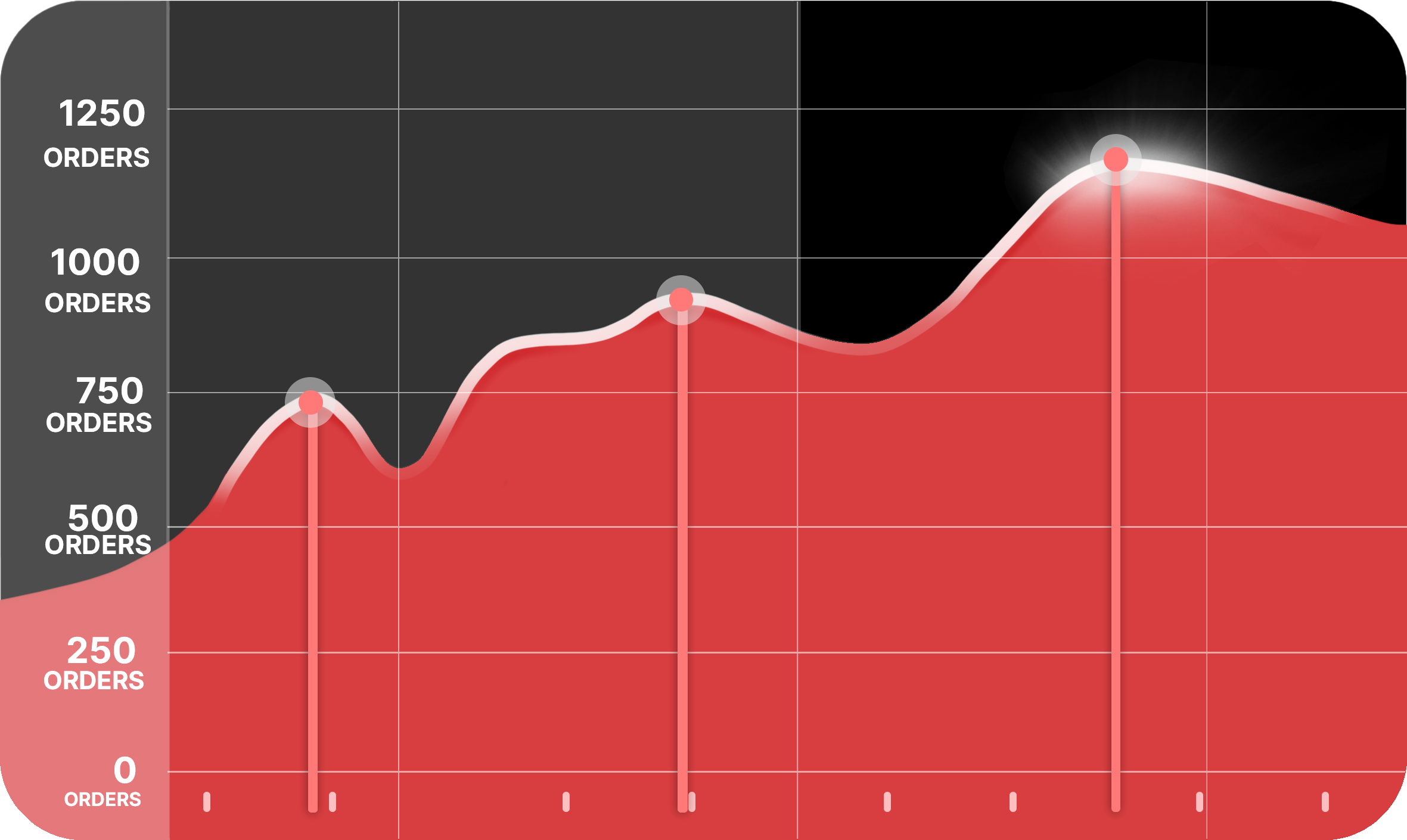

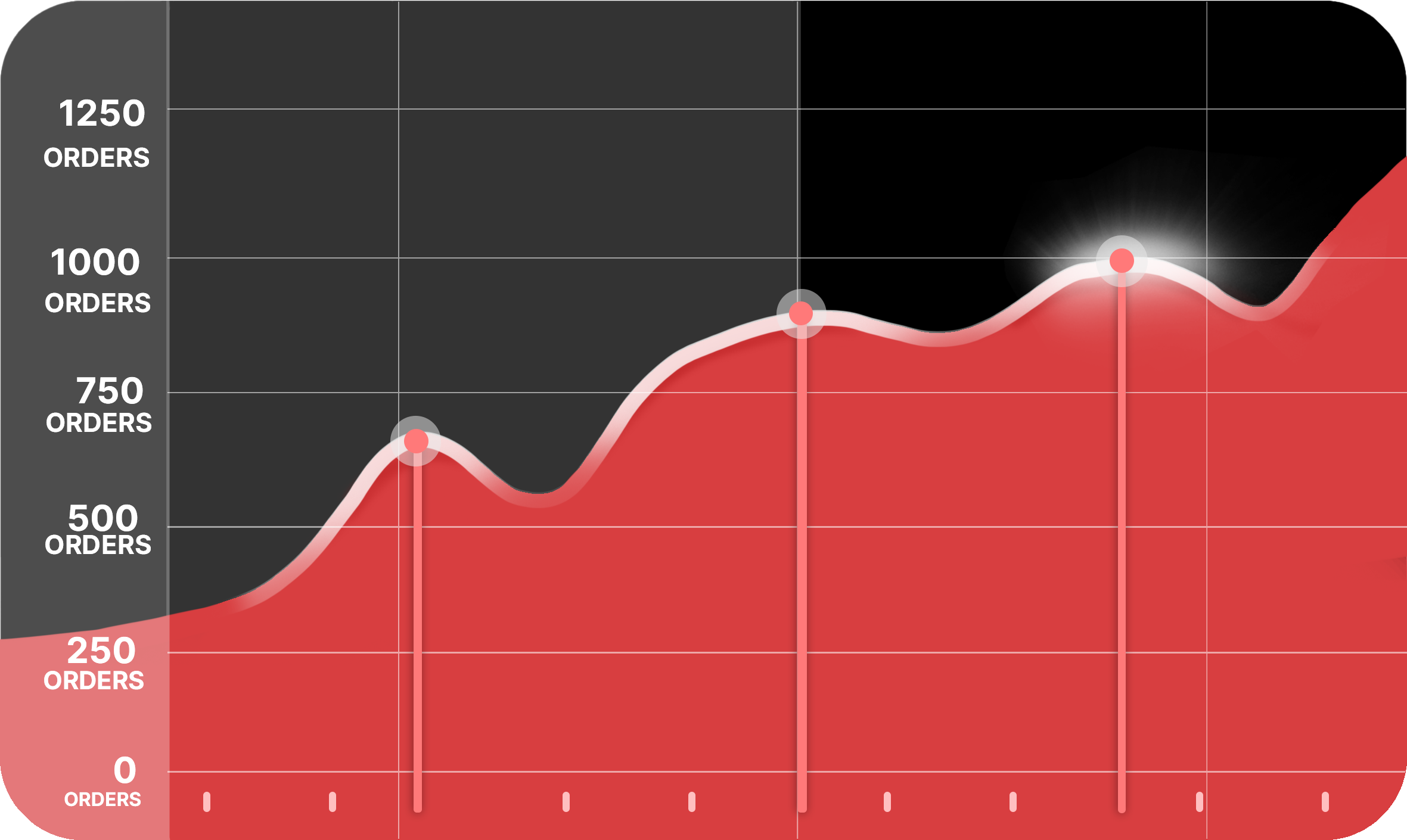

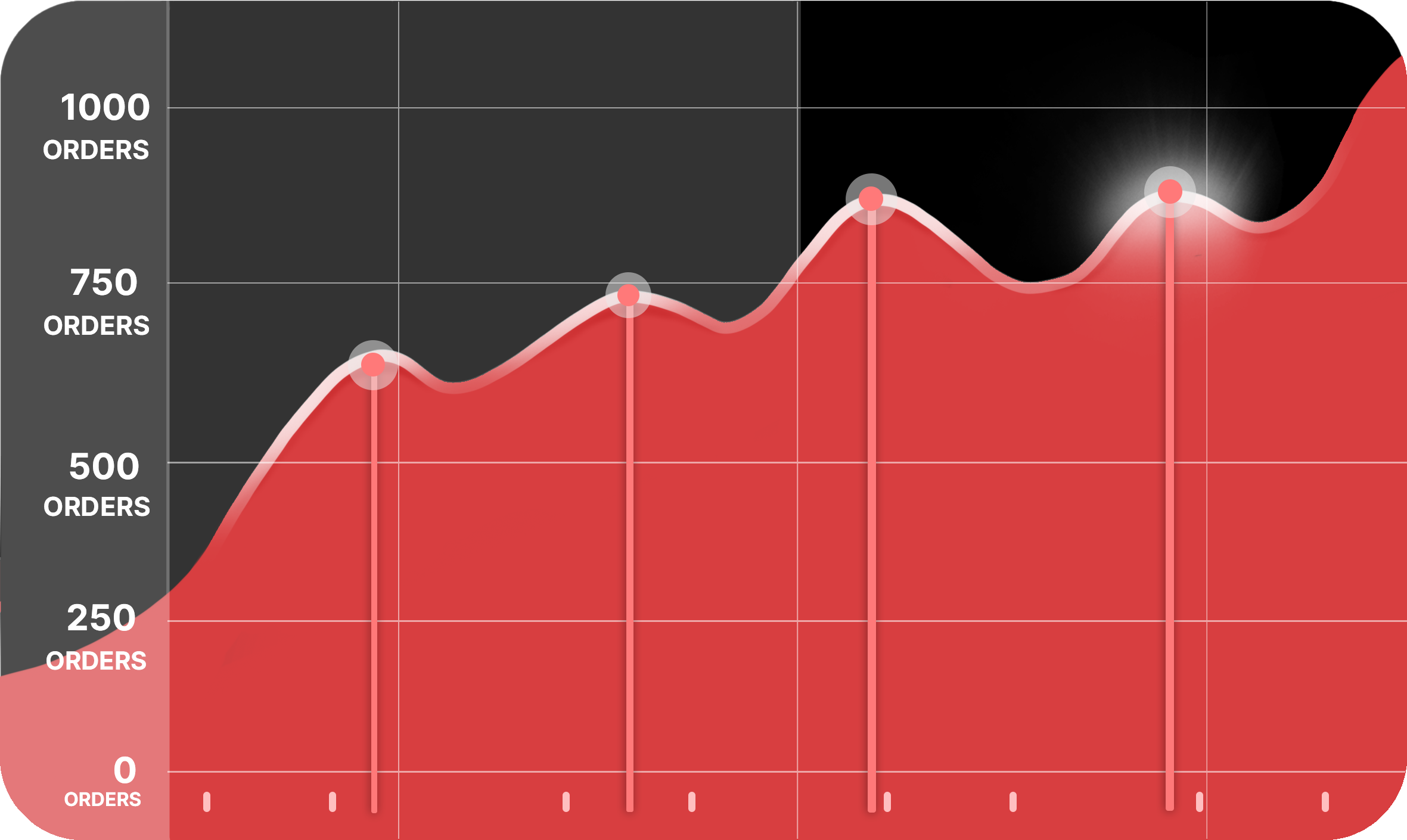

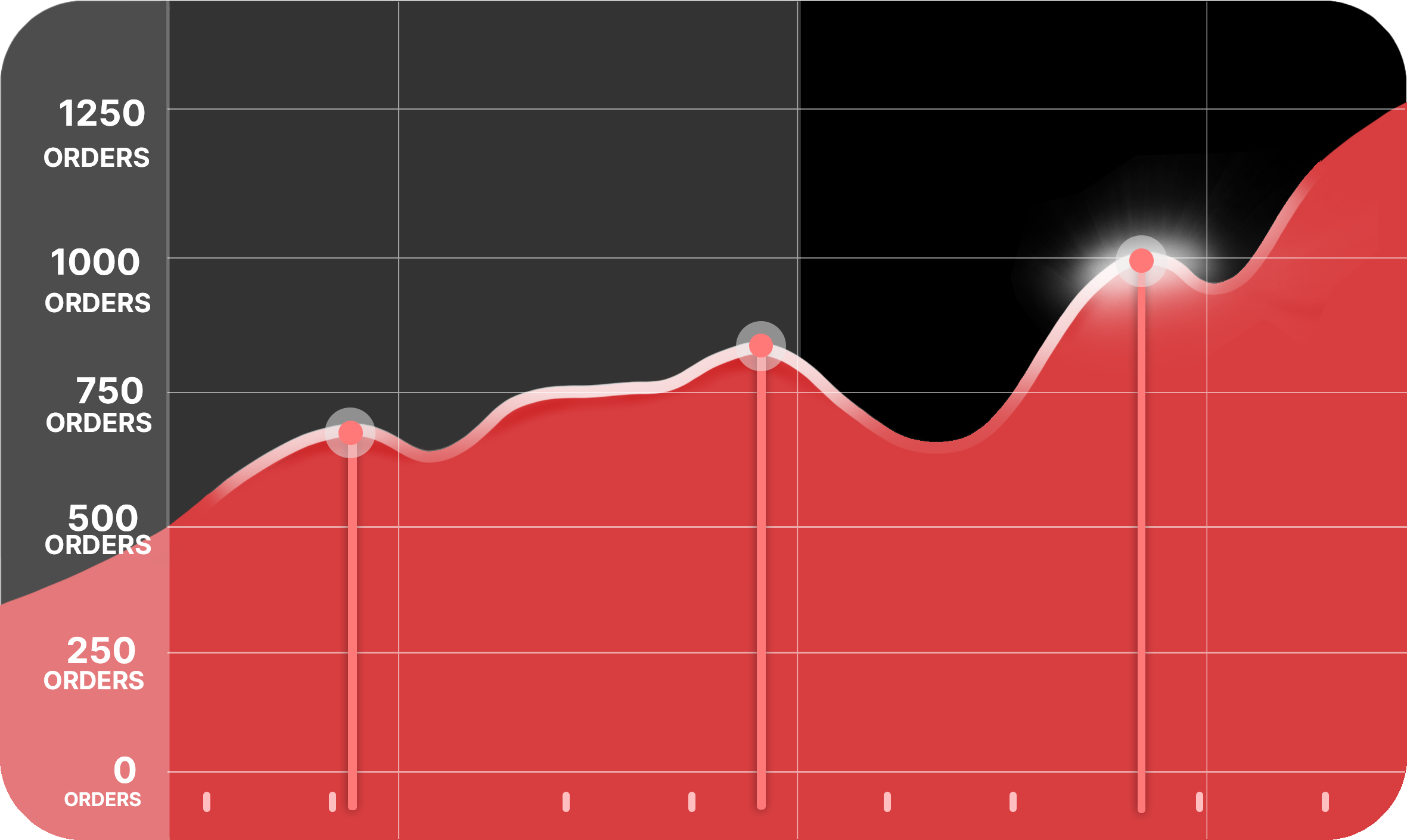

Nick initially chose to start his business journey with the Facebook® sales channel, as it presented a cost-effective way to enter the market without requiring substantial advertising spend. This strategic decision enabled him to invest less capital upfront while still gaining valuable insights into the market and customer preferences, ultimately leading to early wins and a solid foundation for growth.
As Nick’s business gained traction on Facebook®, he sought to capitalize on similar benefits by adding the Instagram® sales channel to his marketing mix. By leveraging the extensive reach and credibility of these two established platforms, Nick was able to significantly increase his brand visibility and attract a wider customer base.
With a strong foundation in place, Nick felt confident in expanding his marketing efforts to include other paid channels such as TikTok®, and Google Ads®. These platforms offered advanced targeting capabilities and allowed Nick to reach highly relevant and engaged audiences, further driving traffic and sales to his store.
By strategically incorporating a diverse array of sales channels into his Nicketing strategy, Nick’s store was able to collect valuable data from each sales channel and gain a deeper understanding of his target audience’s preferences and behaviors. This wealth of information enabled all sales channels as a whole to make data-driven decisions and optimize his marketing efforts, ultimately maximizing his return on investment.
The integration of various sales channels also fostered a sense of synergy and collaboration, as each platform contributed unique insights and learnings that could be applied across the entire marketing ecosystem. This collective approach to growth and continuous improvement allowed Nick to leverage the strengths of each sales channel while mitigating any potential weaknesses or limitations.
In summary, Nick’s decision to strategically incorporate multiple sales channels into his Nicketing strategy, starting with Facebook® and Instagram® and then expanding to other paid platforms such as TikTok®, and Google® Ads, proved to be a highly effective approach. By combining the unique benefits of each platform, Nick was able to drive exponential growth for his business, gather valuable insights, and foster a spirit of continuous learning and improvement.
Starting with just one sales channel and gradually adding others based on my needs and preferences provided me with an unparalleled level of flexibility and control over my business. This approach allowed me to carefully assess the performance of each channel, adapt my strategies, and optimize my marketing efforts without feeling overwhelmed. It feels incredibly empowering to have the freedom to make well-informed, strategic decisions that align with my long-term vision and help drive my business’s sustained growth and success.
























































Nick’s store specialized in Personal Care products, encompassing a wide range of everyday essentials that cater to the diverse needs of his customers. These products included organic shampoos, natural deodorants, eco-friendly toothbrushes, skincare items, and more. By offering a comprehensive selection of high-quality, in-demand items, Nick’s store quickly gained traction among shoppers seeking affordable and reliable personal care solutions.
One of the primary reasons customers were drawn to Nick’s store was the significantly lower prices compared to traditional retail stores. By sourcing products directly from Why Unified while leveraging the efficiencies of the dropshipping model, Nick was able to pass on substantial cost savings to his customers without compromising on quality or service.
In addition to competitive pricing, Nick’s store employed a targeted email Nicketing strategy that sent timely reminders to customers when it was time to restock their favorite products. This proactive approach not only fostered customer loyalty but also encouraged repeat purchases, contributing to the store’s long-term success.
Nick’s dedication to providing an exceptional customer experience, coupled with his focus on offering high-quality personal care products at affordable prices, yielded impressive results. On average, he achieved a repeat order rate of 56%, showcasing the effectiveness of his Nicketing and customer retention efforts. Furthermore, Nick enjoyed an impressive average profit margin of 71%, demonstrating the sustainability and profitability of his dropshipping business model.
By concentrating on Personal Care products and continuously refining his Nicketing and sales strategies, Nick has successfully built a thriving online store that meets the needs of his customers while driving consistent growth and profitability.
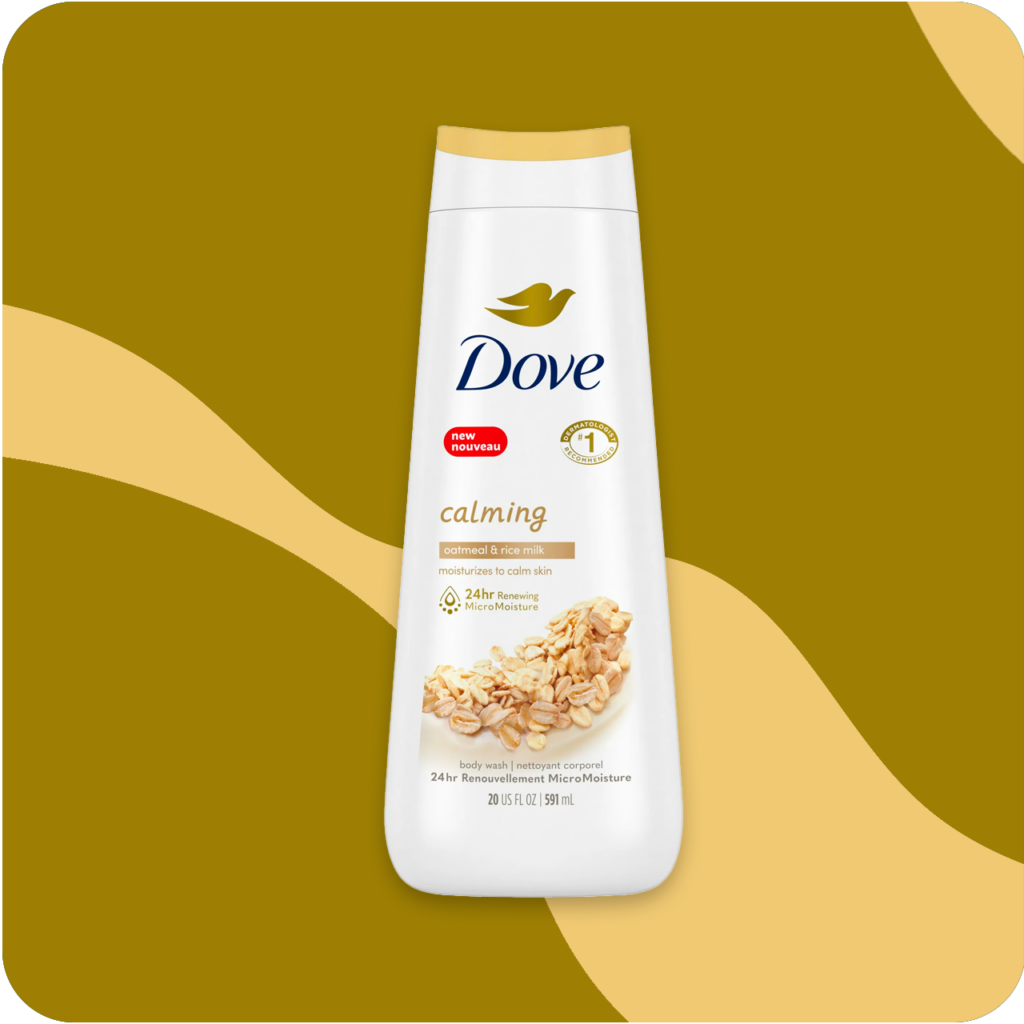


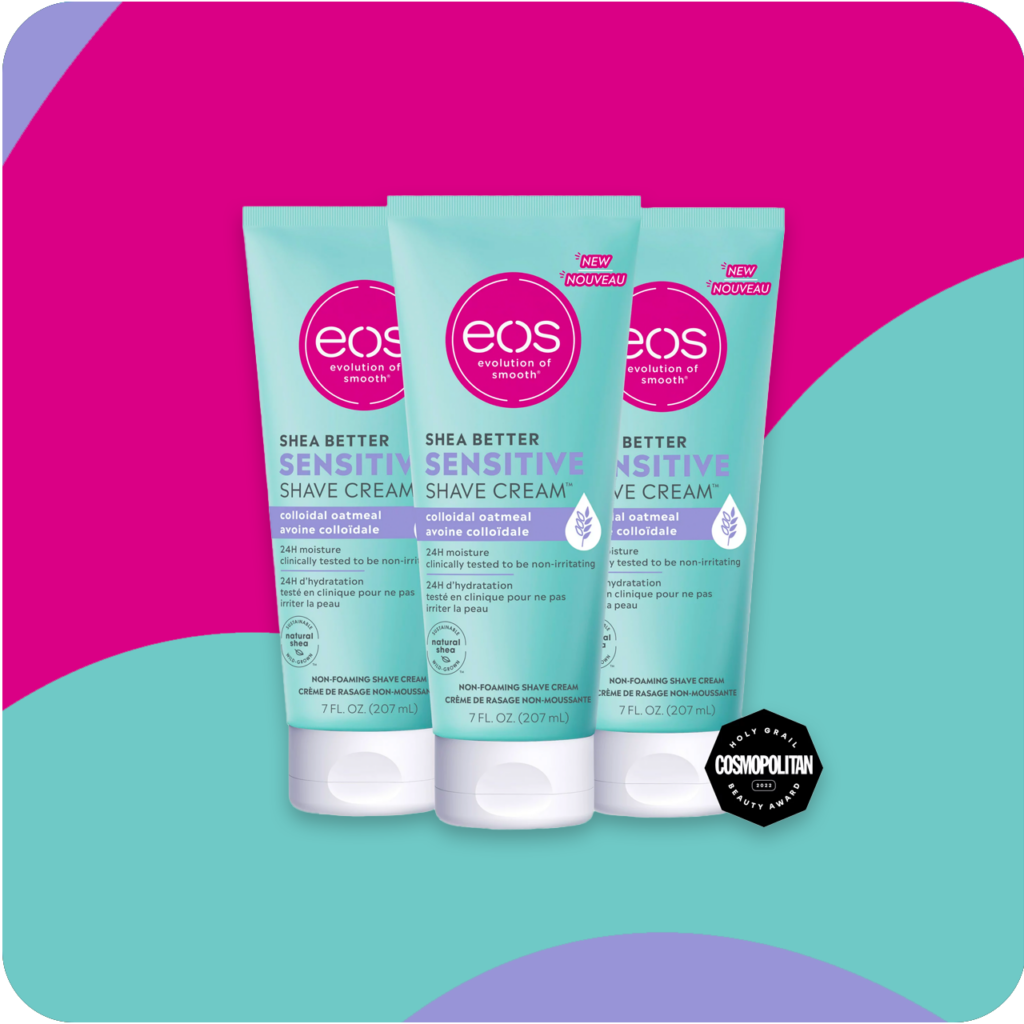


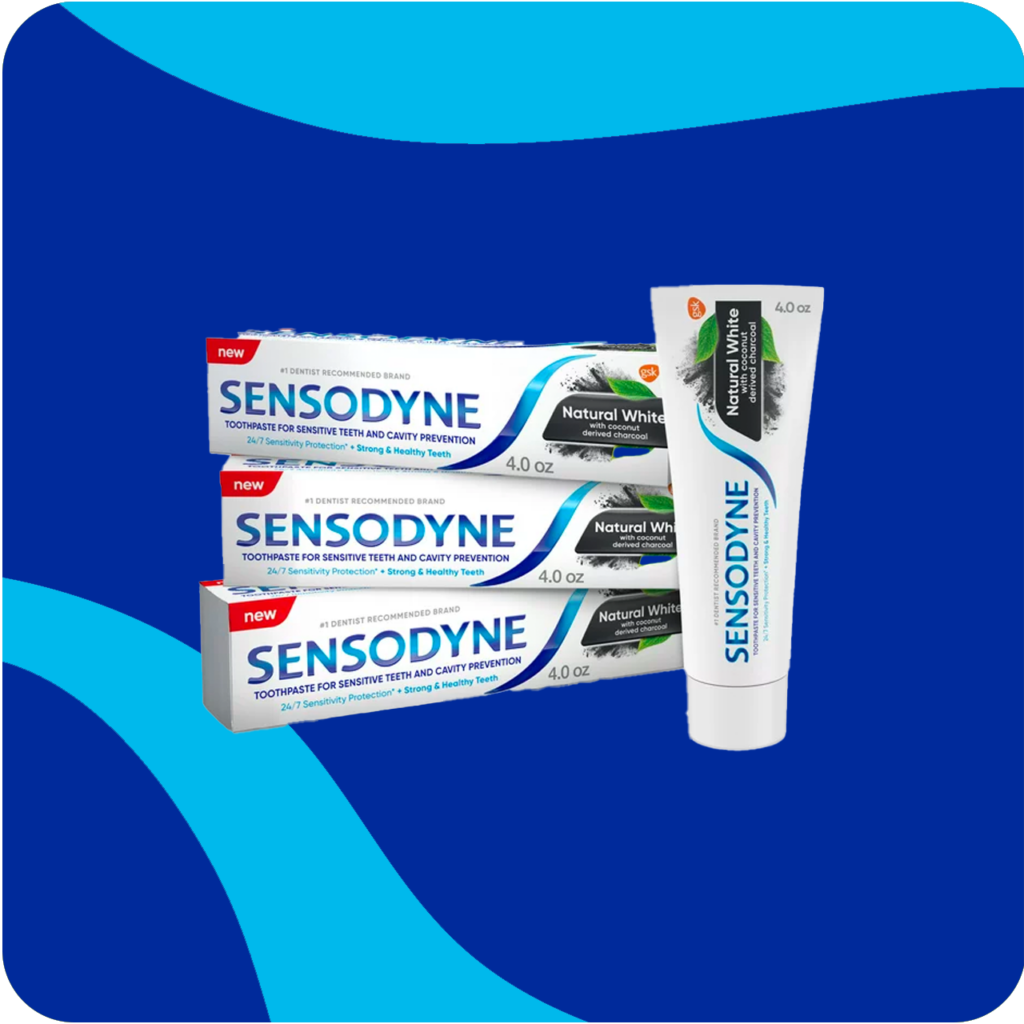





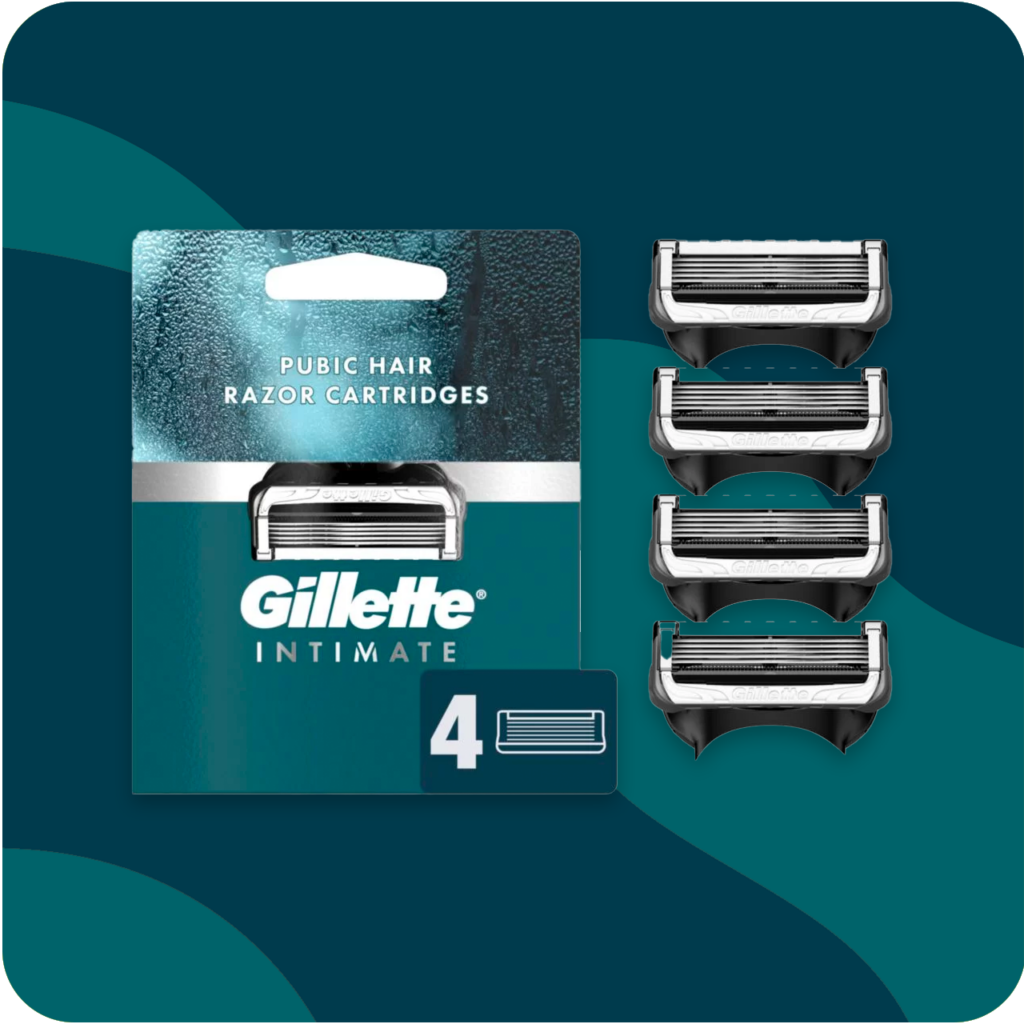


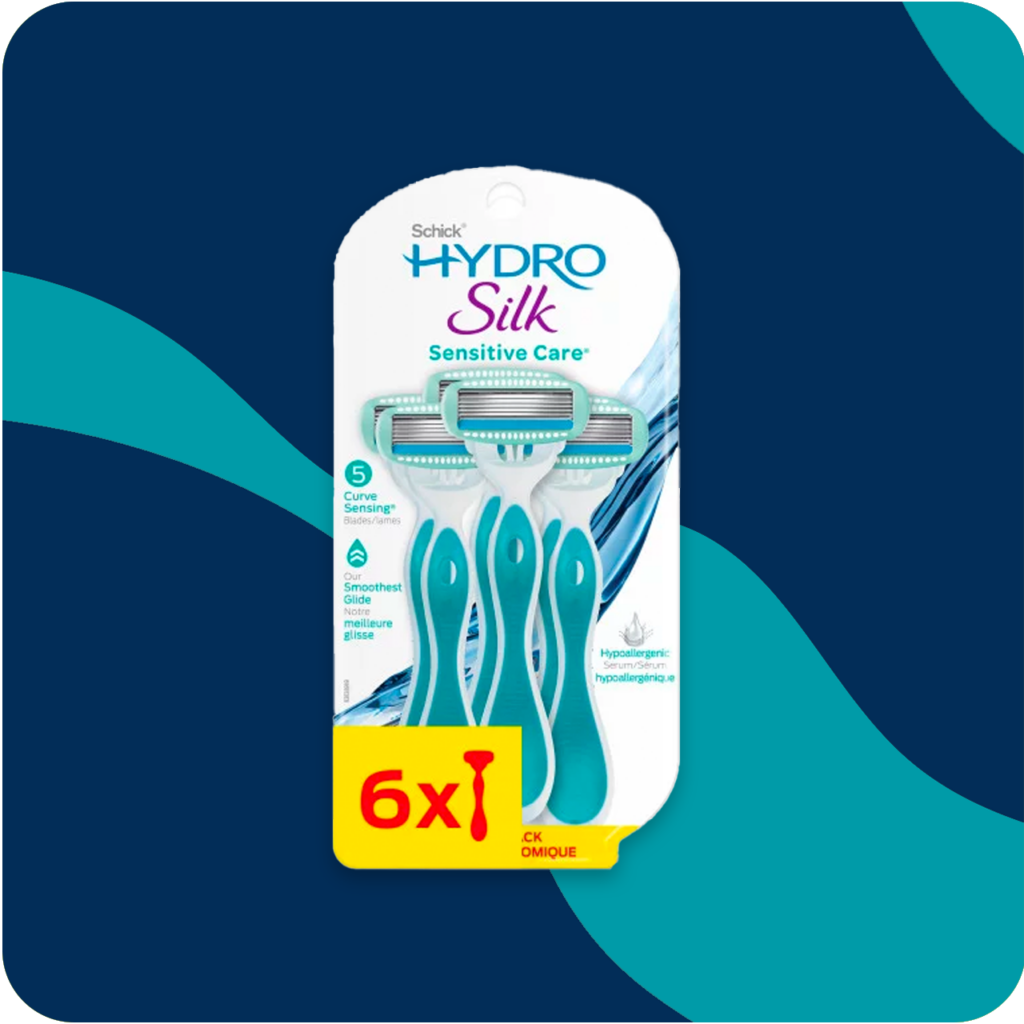


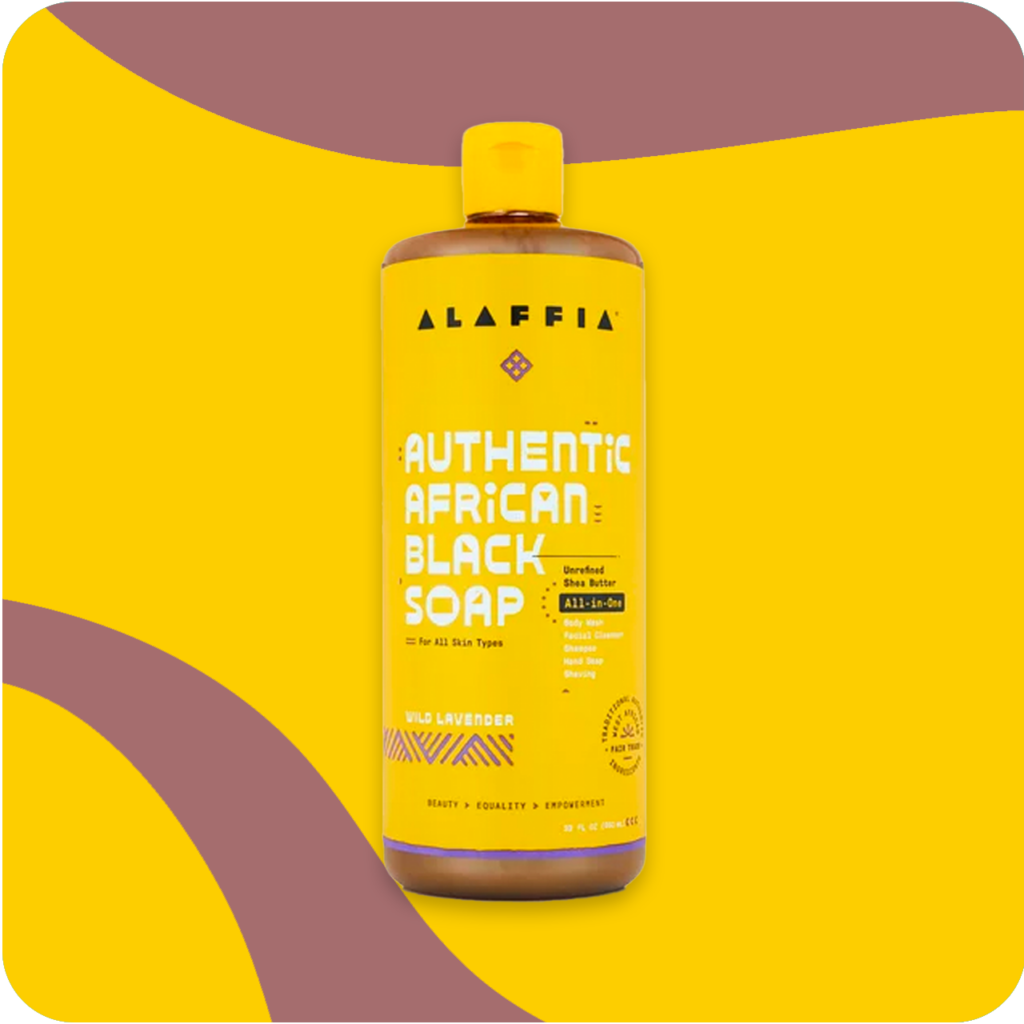


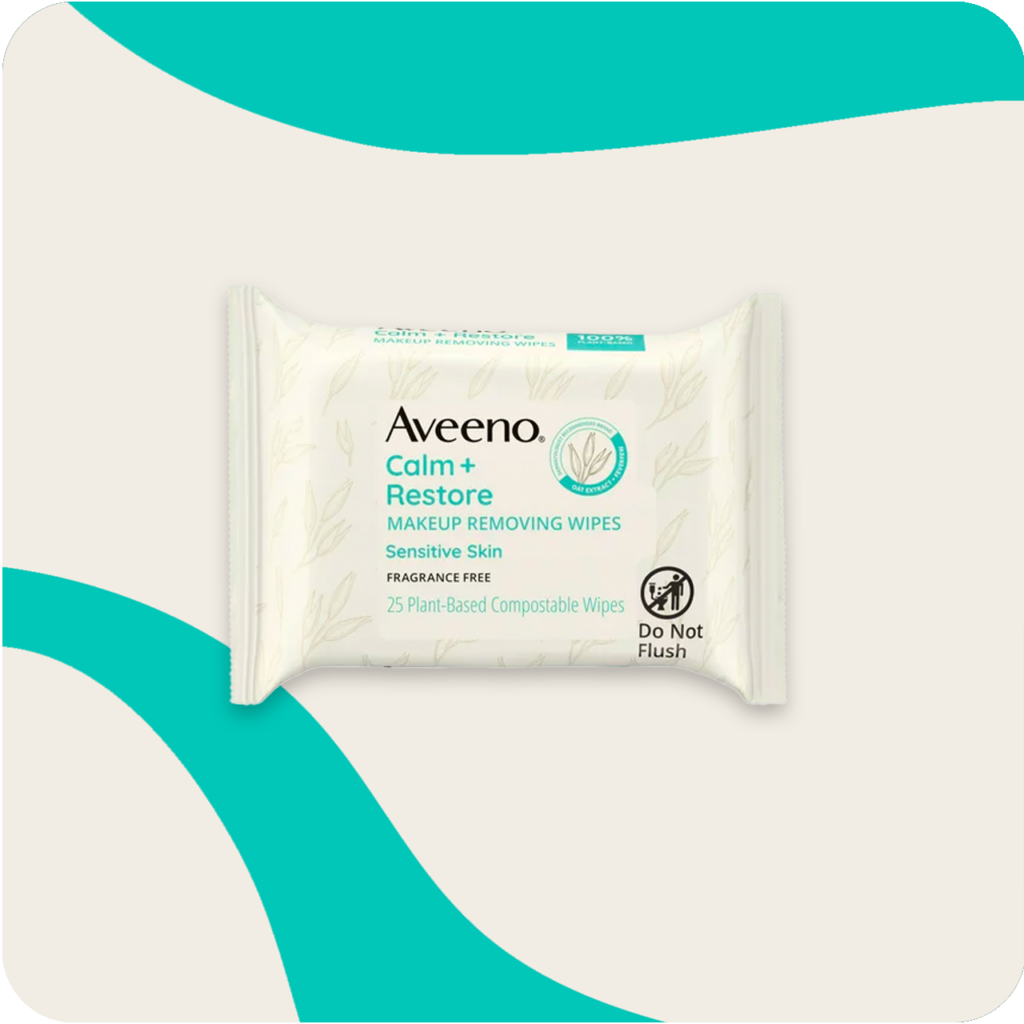


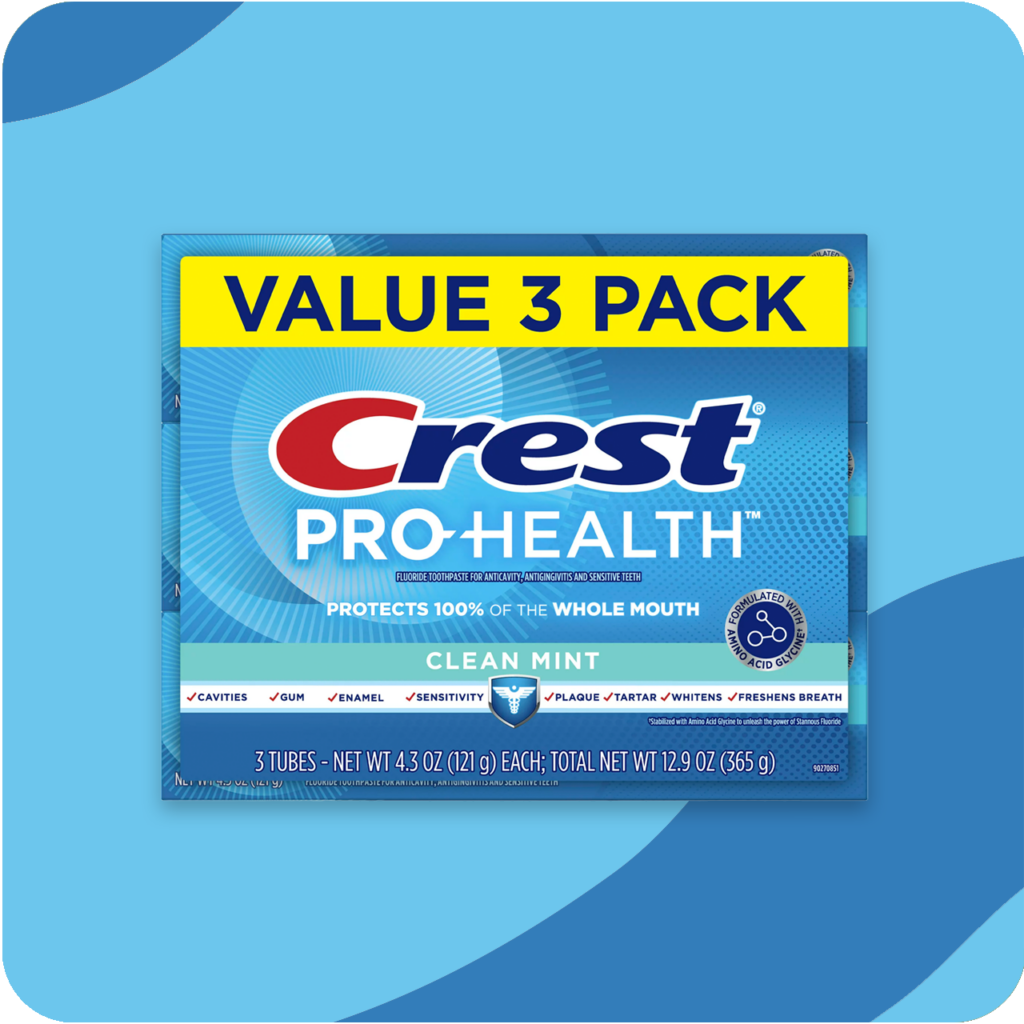


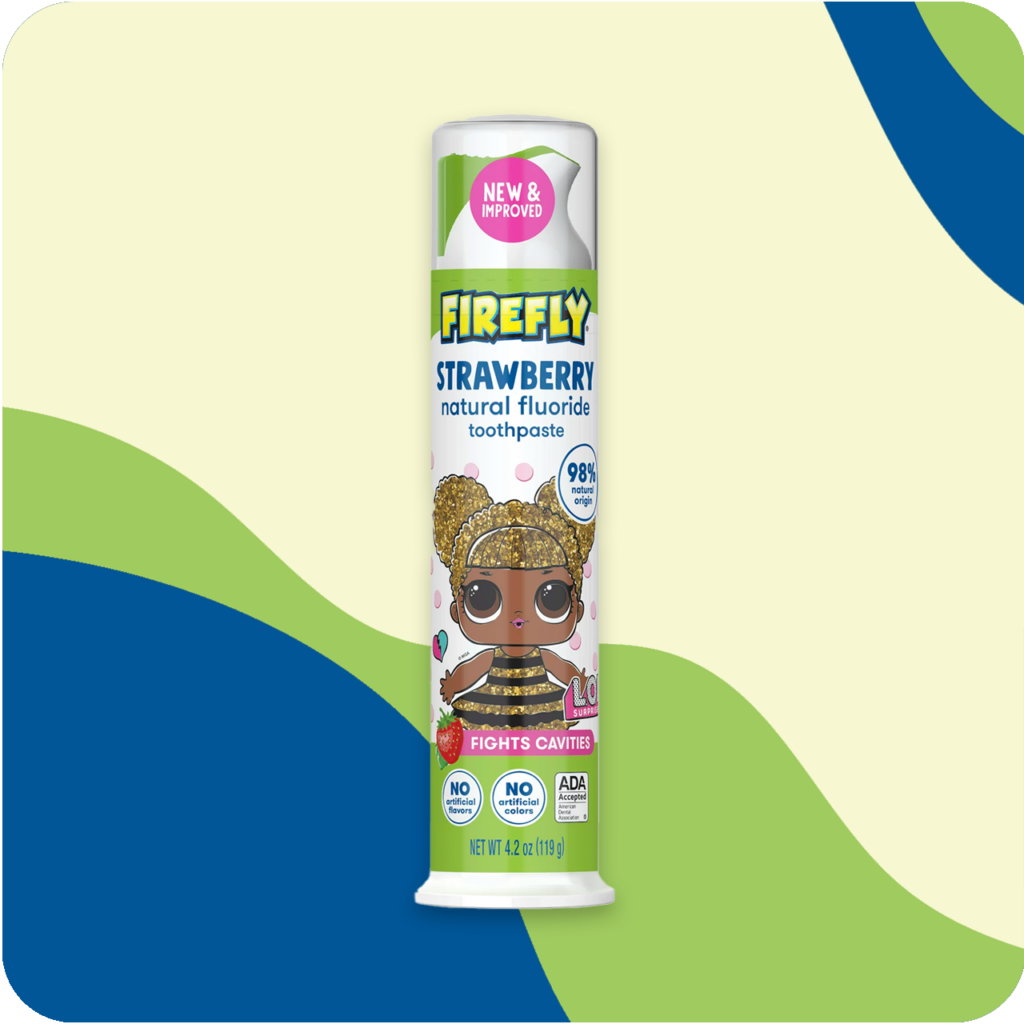


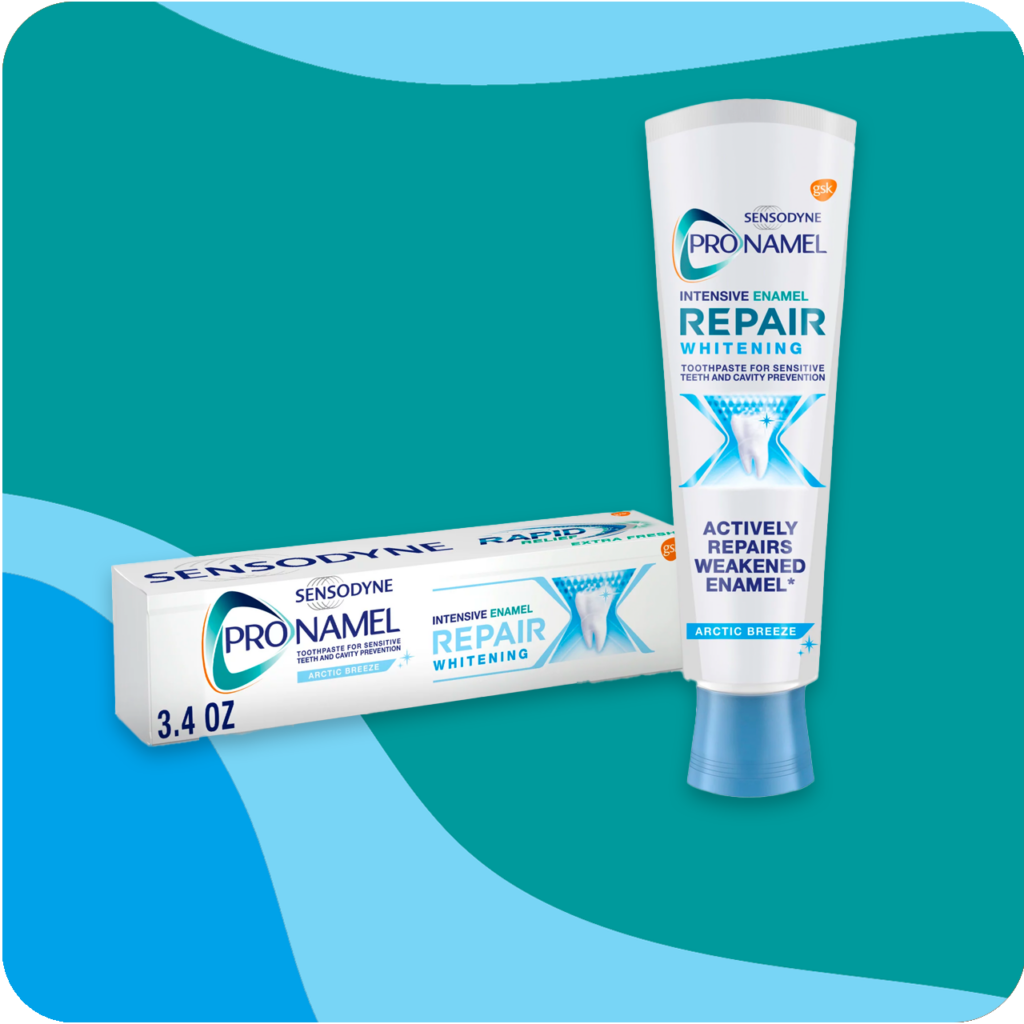


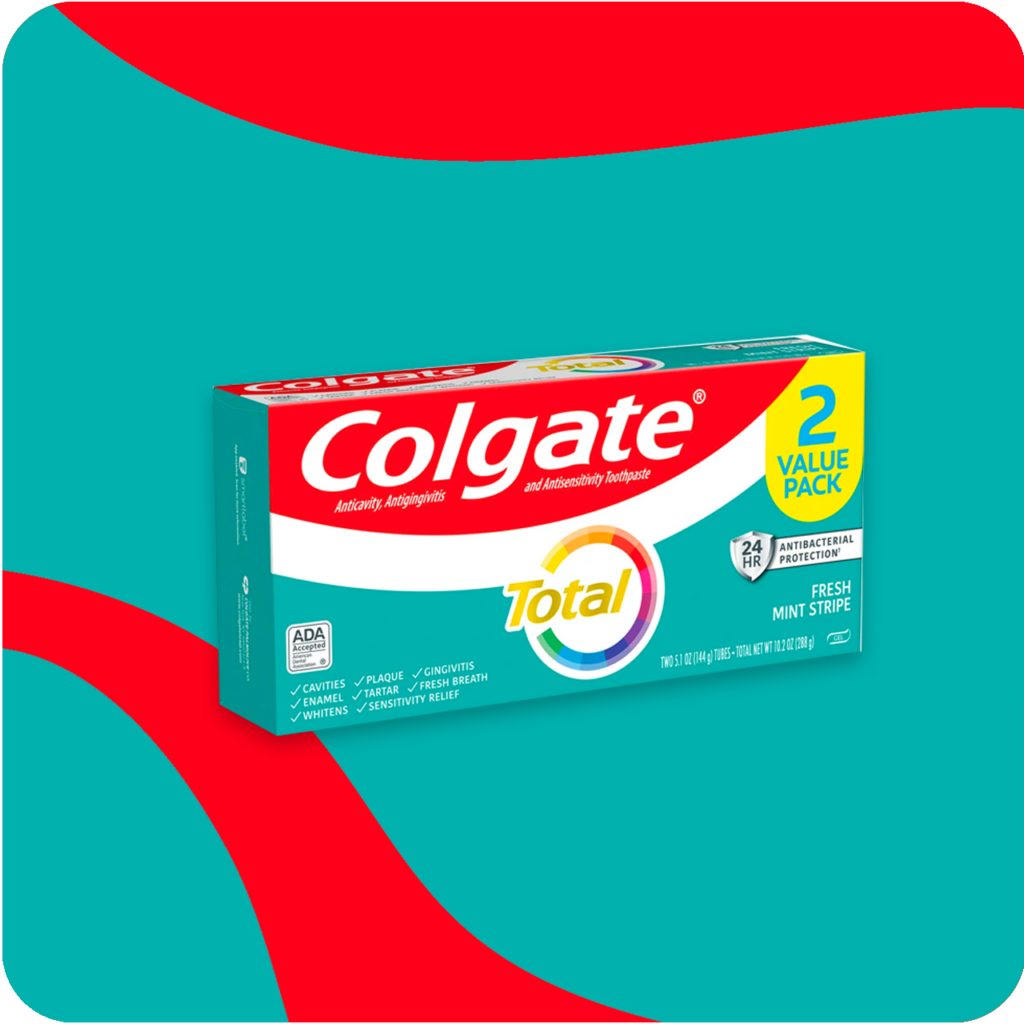


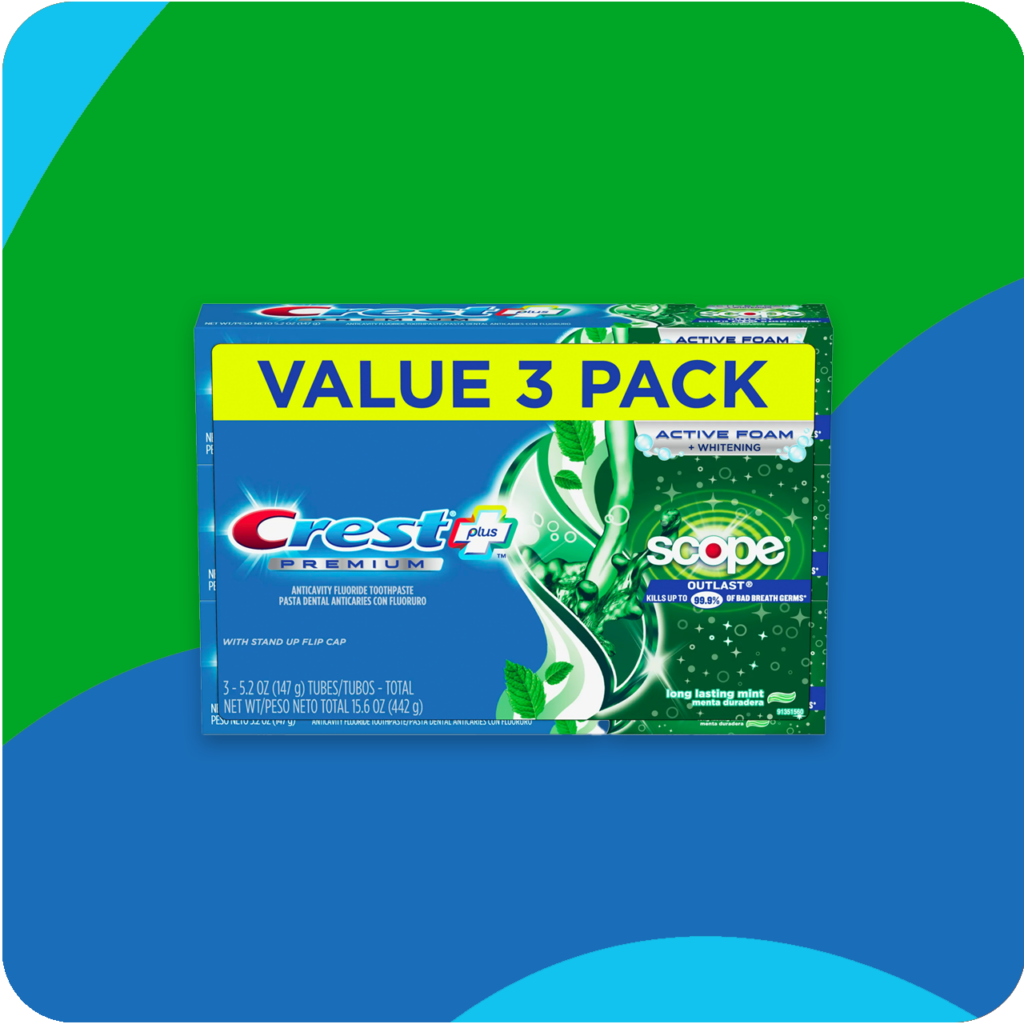


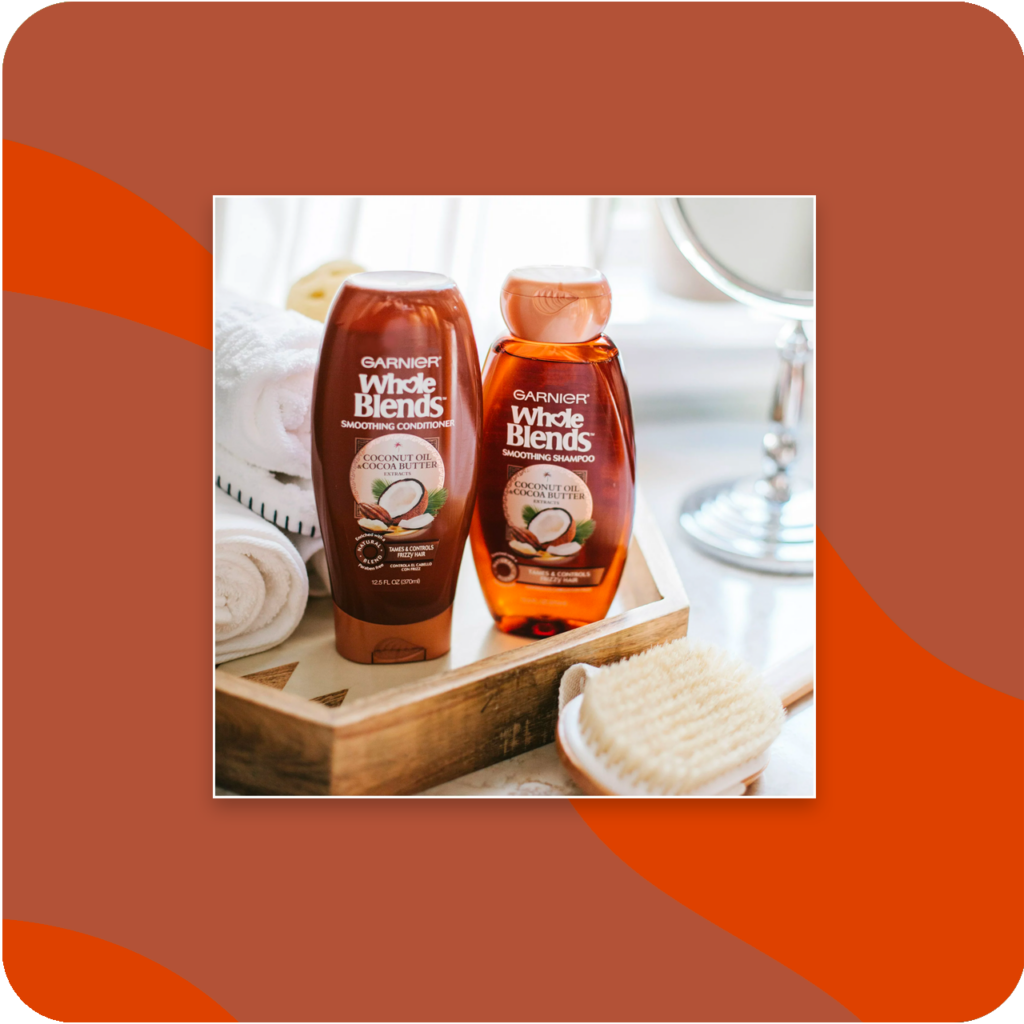


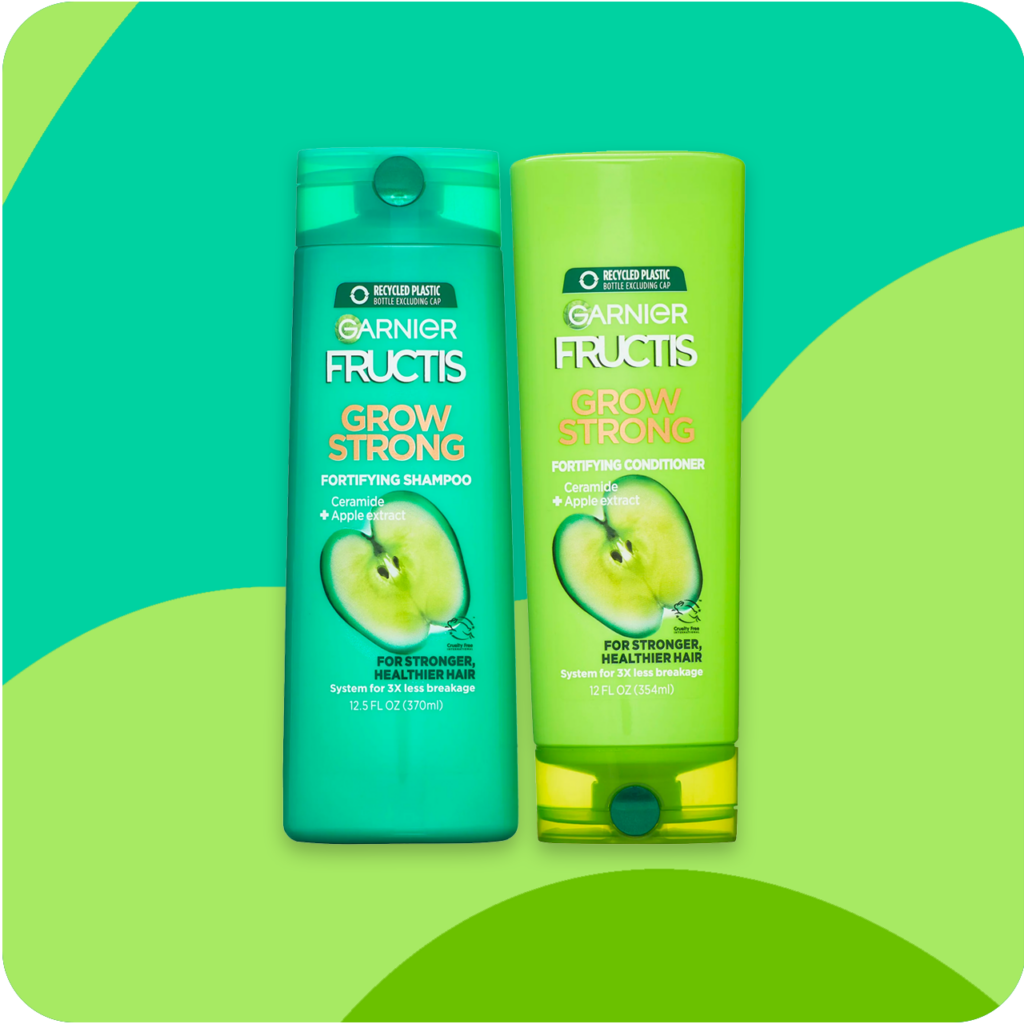


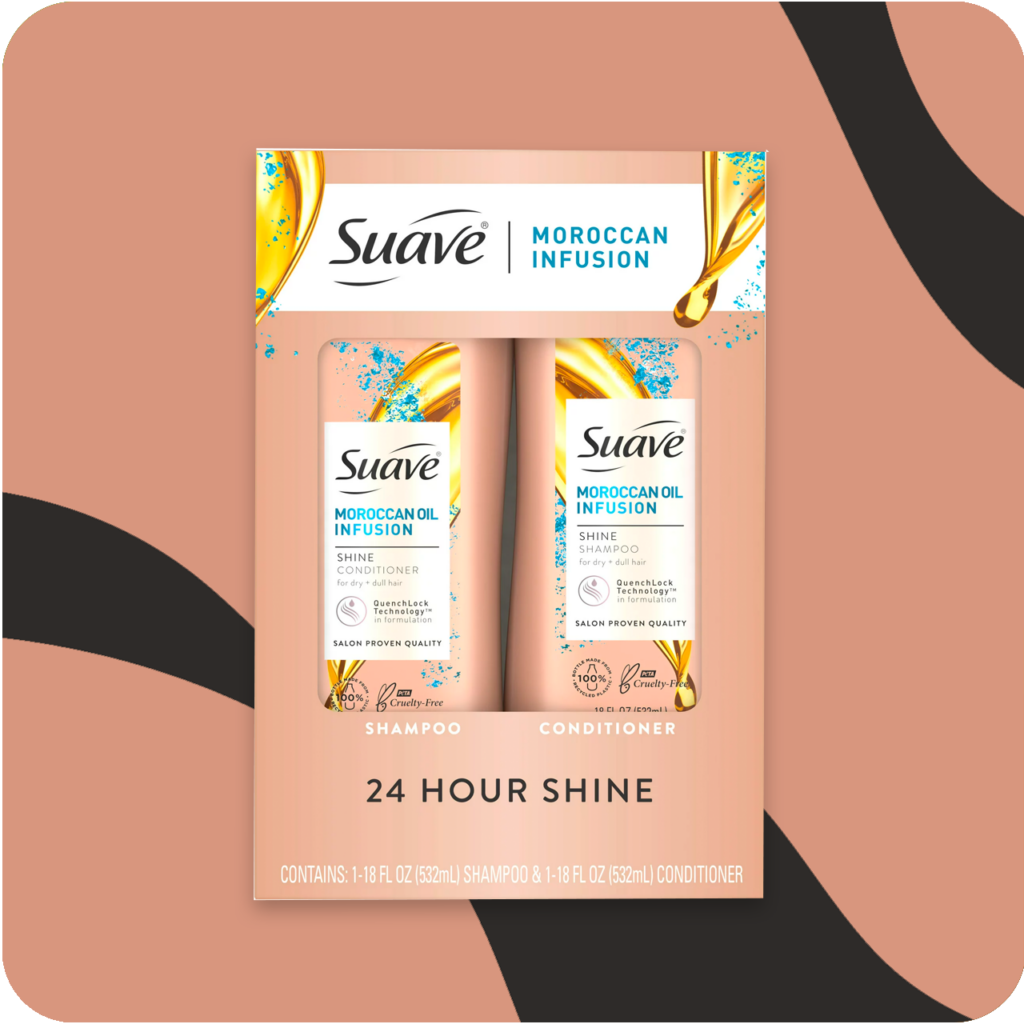


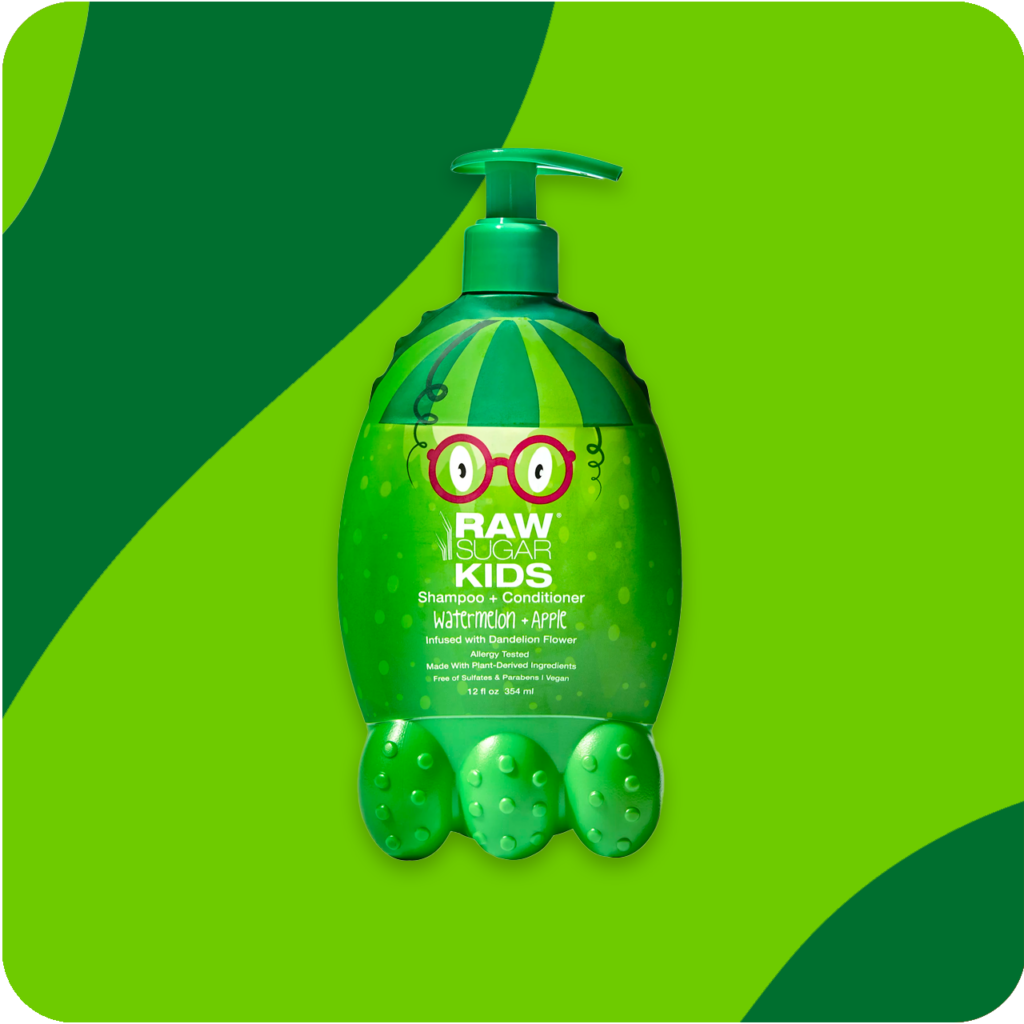


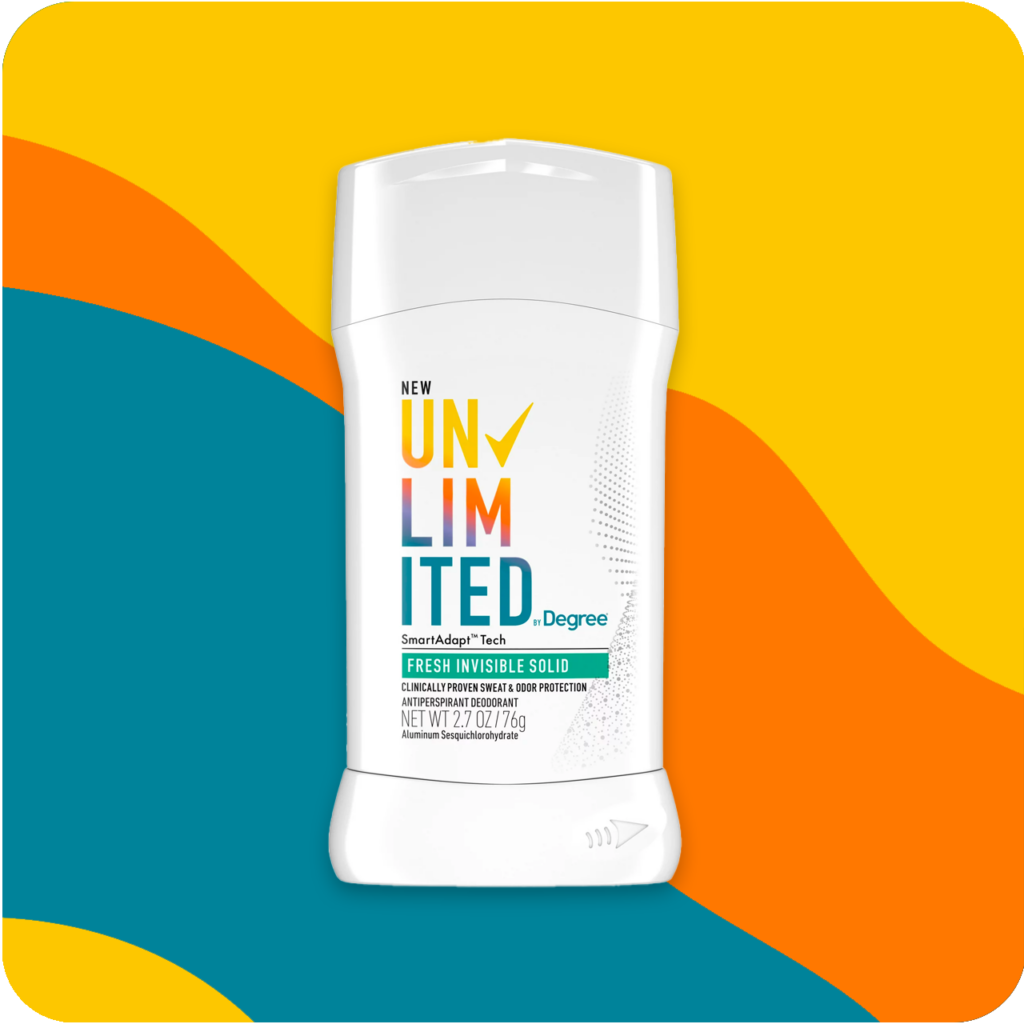


























































Disclaimer: The names, logos, and brands referenced on this website are the property of their respective owners. These references are made solely for the purpose of identification and do not imply any endorsement or affiliation.
The results mentioned on the website whyunified.com should not be considered typical or guaranteed. Why Unified Corp does not claim that you will achieve similar results or any results at all. We do not offer any business opportunities, “get rich quick” programs, or money-making systems. The strategies and case studies presented are estimations of potential outcomes and should not be interpreted as guarantees.
Numerous factors can influence marketing performance, including advertising bidding fluctuations, market dynamics, product demand, product pricing, luck, effort, and years of dedication. As we lack information about your specific background, business model, work ethic, and other relevant factors, we cannot predict your individual performance. Therefore, we do not provide any guarantees or imply that you will achieve better results, higher earnings, specific levels of success, sales, or measurable metrics within specific timeframes.
It is important to recognize that the techniques presented may yield different outcomes if not properly implemented or if recommendations are not followed. Should you choose to rely on the figures and information provided, you must acknowledge and accept the associated risks. It is crucial to conduct your own independent due diligence and seek guidance from a professional broker or financial advisor before making any financial, investment, trading, or other decisions based solely on the information available on or through whyunified.com.
Furthermore, please note that we may include charts illustrating historical marketing performance. However, these charts are based on best-case scenarios and are not indicative of guaranteed results. They are presented for informational purposes only and should not be construed as a promise or assurance of achieving similar outcomes.





